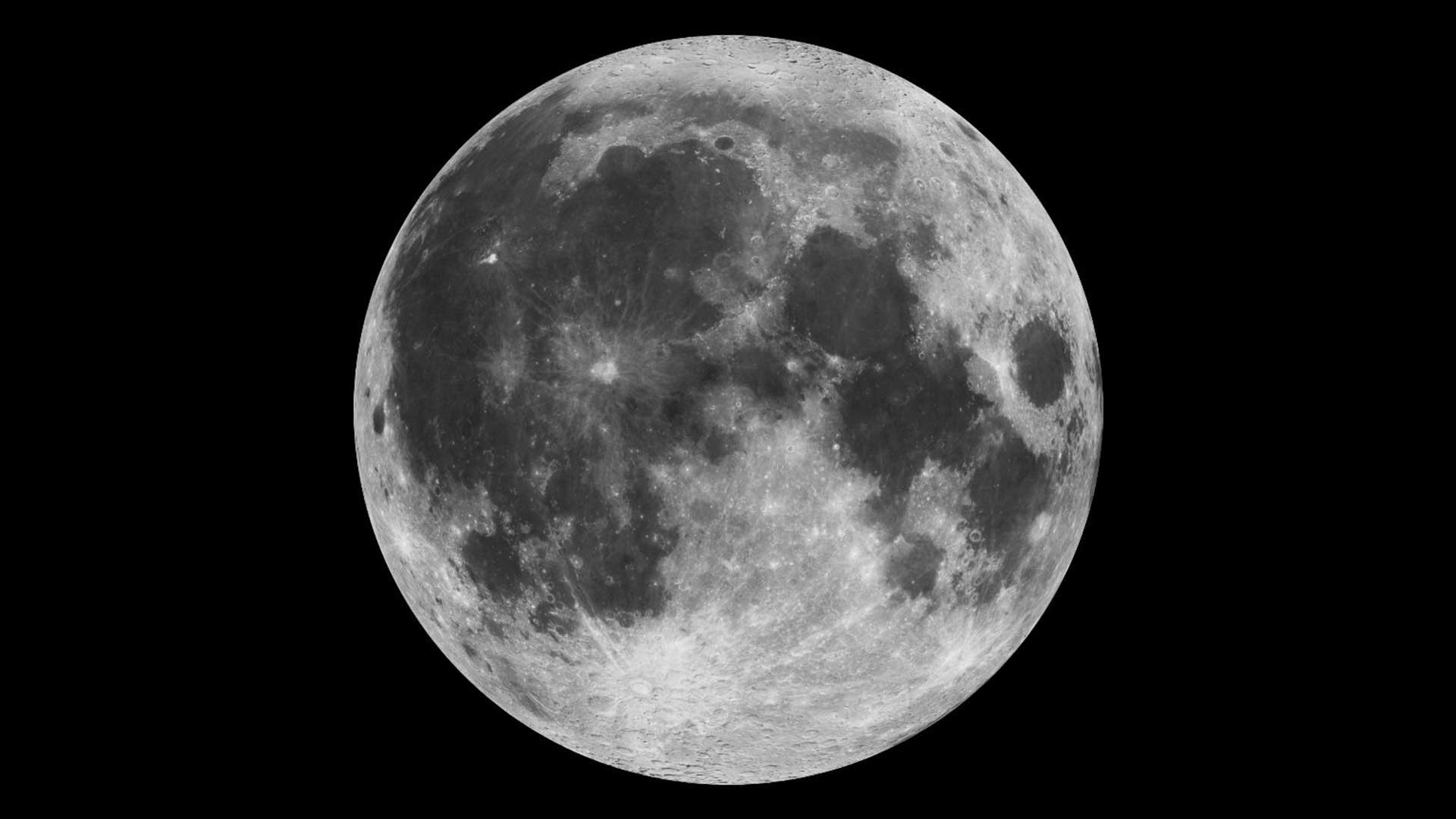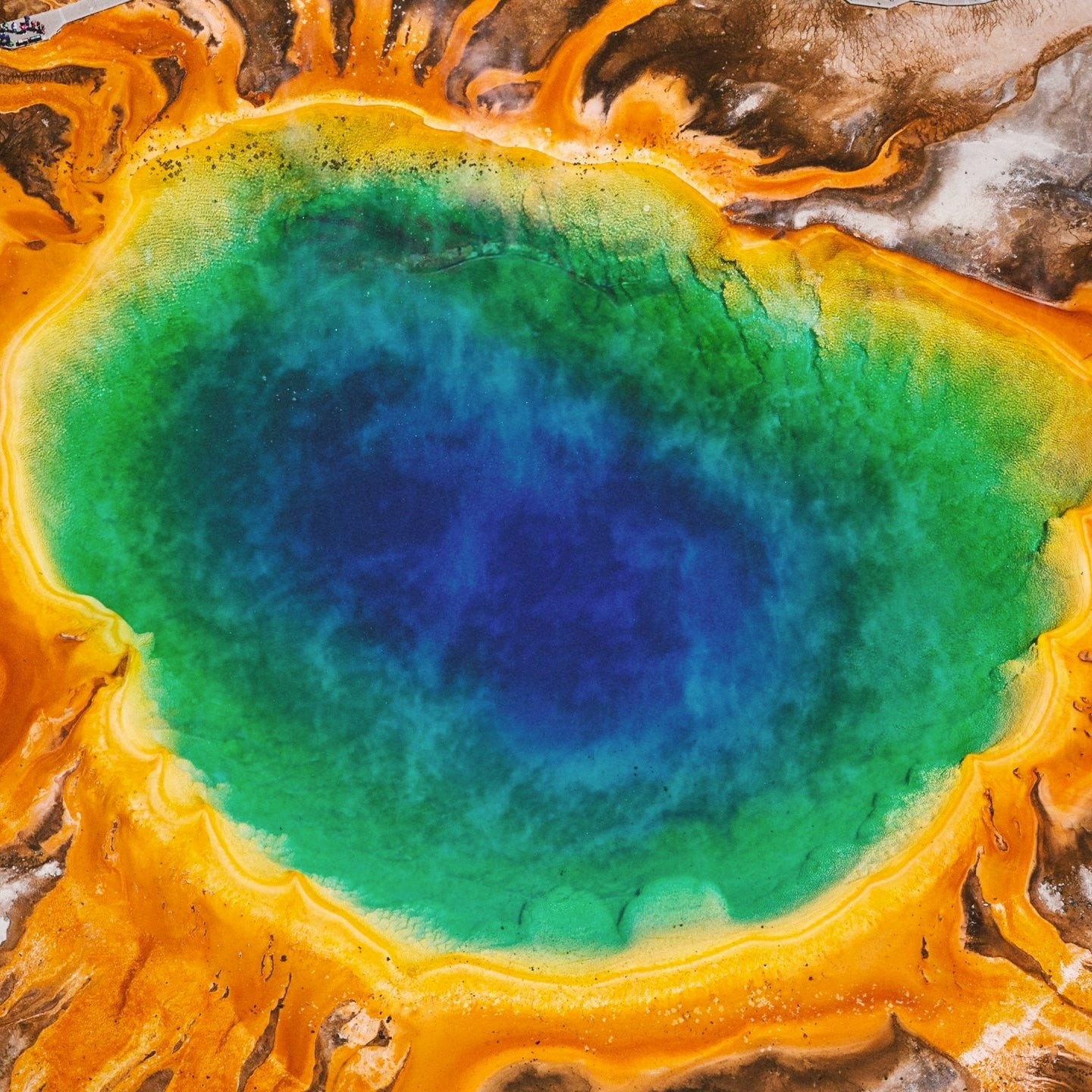Contents
The moon, a celestial constant in Earth’s sky, hides a complex history. Scientists are continually refining our understanding of its age and origins, pushing the boundaries of lunar science.
 A 2017 composite image of the moon.
A 2017 composite image of the moon.
For millennia, the moon has captivated humanity, serving as a silent observer of our history. A pivotal moment occurred on August 1, 1971, when Apollo 15 astronauts David Scott and James Irwin discovered a remarkable piece of lunar crust—the Genesis Rock. This ancient sample offered crucial insights into the moon’s formation. Scott’s excited message to mission control echoed the significance of the find: “Guess what we just found! I think we found what we came for.”
The Giant Impact Hypothesis: A Lunar Birth Story
The Genesis Rock challenged existing theories about the moon’s origins. The prevailing view shifted toward the giant impact hypothesis, which suggests that approximately 4.5 billion years ago, a Mars-sized object, often called Theia, collided with the early Earth. This cataclysmic event ejected molten rock into space, which gradually coalesced under gravity to form the moon.
This impact had profound consequences for Earth. It corrected Earth’s axial tilt, stabilizing the climate and tides, and ultimately paving the way for life’s emergence. Philipp Heck, a researcher at the University of Chicago and the Field Museum of Natural History, highlights the significance of this impact: “It reset everything on Earth. If life had already started to evolve on Earth, it would have been completely reset by this giant impact.”
Refining the Lunar Timeline: A Shifting Narrative
Determining the moon’s age is essential for understanding Earth’s early history, including the emergence of life. However, Earth’s active geology has erased rocks from this period. Lunar meteorites and samples brought back by the Apollo missions provide the most compelling evidence. Most of these samples, weighing nearly 900 pounds, date back to around 4.35 billion years old, believed to have crystallized from a lunar magma ocean after the impact.
Recent research has further refined our understanding. In late 2023, scientists analyzed zircon crystals from the oldest Apollo sample, dating them back 4.51 billion years. This finding pushed back previous estimates by 40 million years, a significant timeframe in the context of early life evolution. As Heck explains, “40 million years ago, humans didn’t exist on this planet.”
Reconciling Discrepancies: Simulations and the Remelt Theory
While lunar rock analysis suggests a formation around 200 million years after the solar system began, simulations predict an earlier formation. These models suggest that by 200 million years, much of the primordial material would have already formed planets, making a giant impact less likely. Researcher Maxime Maurice emphasizes the improbability of a late formation: “That the moon-forming impact occurred more than 150 million years after the solar system started ‘is very, very unlikely.'”
A recent study proposes a solution to this discrepancy: the remelt theory. Early gravitational interactions with Earth could have caused the moon to partially re-melt, resetting the isotopic ages of older rocks. This could explain why Apollo samples appear younger. Study lead author Francis Nimmo states, “Our story is a way of allowing both groups to be right.” This remelt event could also explain the scarcity of observed lunar basins.
Unveiling Lunar Secrets: Ongoing Exploration
Despite significant progress, much of the moon remains unstudied, including the far side, which could hold key information about its age. The samples returned by the Apollo missions provide valuable but incomplete snapshots. Maurice compares the process of understanding the moon’s age to “gradually scraping bits of dust off a dust-covered painting.” The pursuit of a complete picture continues, with ongoing research and future lunar missions promising to reveal further secrets of our celestial neighbor.
Conclusion: The Moon’s Age – A Continuing Quest
The quest to determine the moon’s precise age is an ongoing scientific endeavor. From analyzing ancient rocks to simulating cosmic events, researchers are piecing together the lunar timeline. While much has been learned, many mysteries persist, fueling further exploration and investigation into this celestial enigma.
 (alt: A promotional image for the History Vault documentary “How the Earth Was Made,” depicting a swirling, fiery representation of Earth’s formation)
(alt: A promotional image for the History Vault documentary “How the Earth Was Made,” depicting a swirling, fiery representation of Earth’s formation)